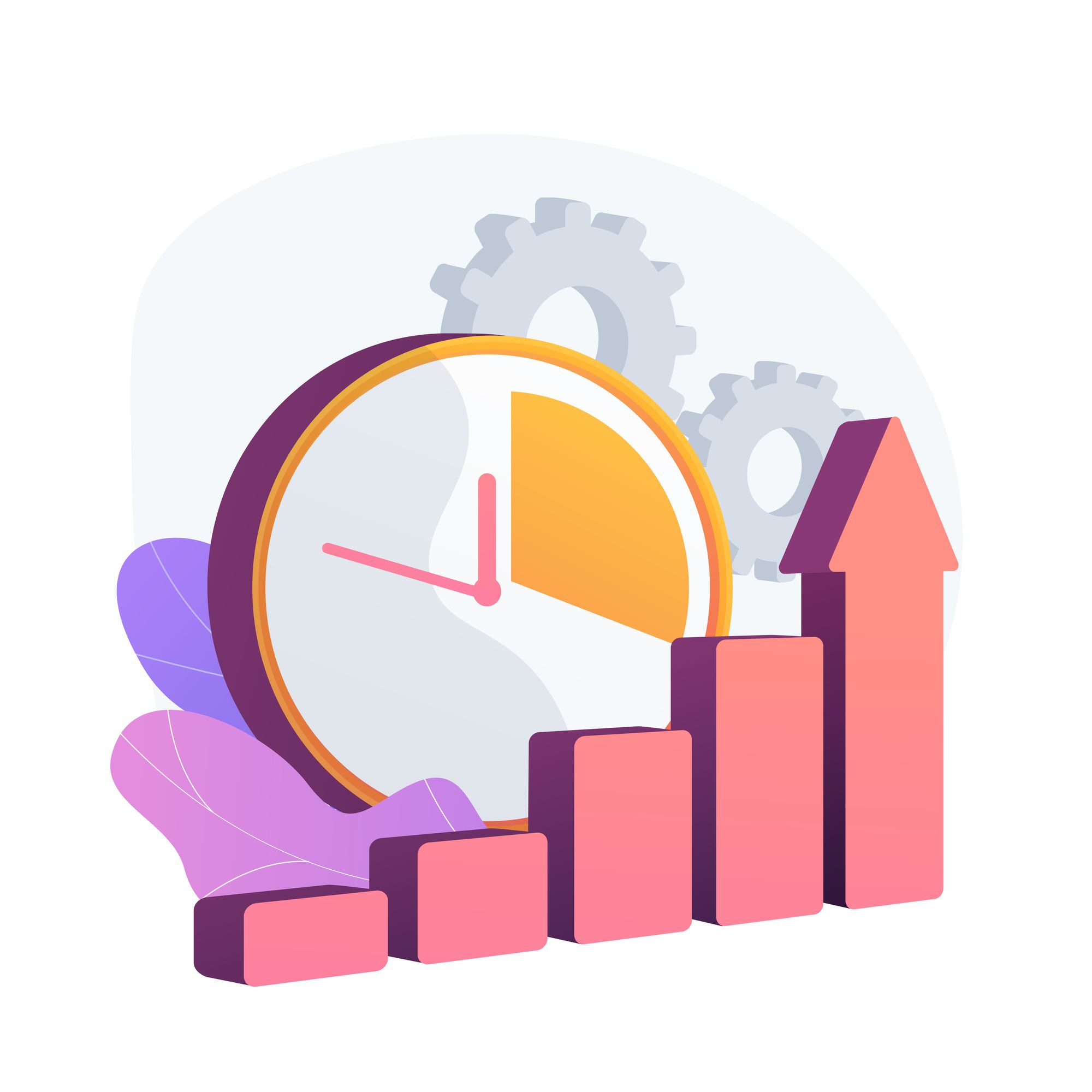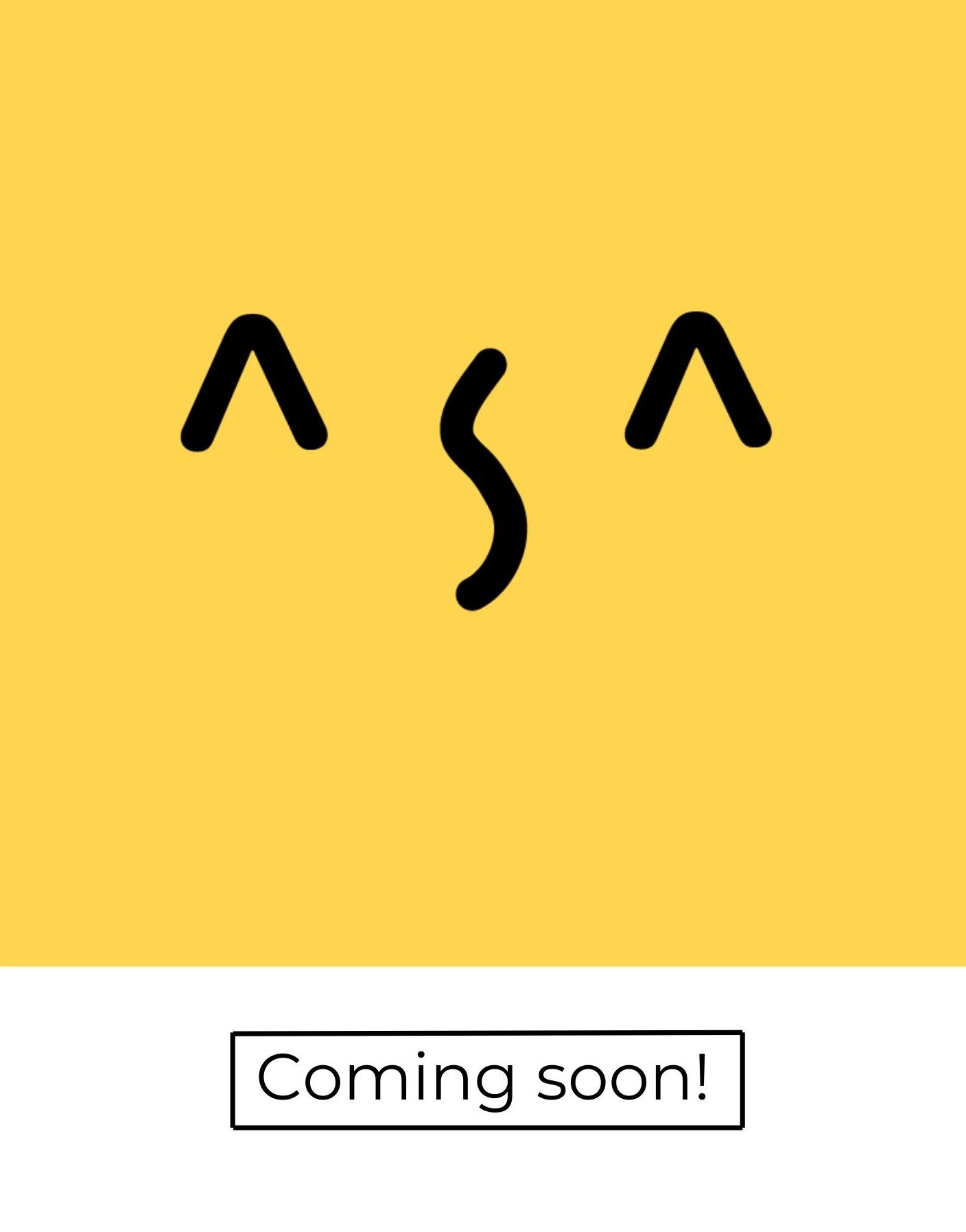The Essential Role of a Cohesive Team in the Workplace

In today's fast-paced and ever-evolving business landscape, a cohesive team is more than just a luxury; it's an absolute necessity. Imagine a well-oiled machine where every cog operates seamlessly to achieve a common goal. This metaphor illustrates the importance of unity within the workplace, where collaboration and mutual support drive success.
Finding the perfect fit for a workplace team is integral to fostering this cohesion. Both employees and employers benefit immensely from getting this fit right. For employees, being part of a team where their skills and personalities mesh well aids job satisfaction and productivity. Employers, on the other hand, see the rewards in terms of enhanced performance, innovation, and workplace harmony.
This article delves into strategies and tools designed to find and integrate the ideal team members. Our focus is to explore practical methods to ensure that potential hires not only bring the right skills to the table but also complement the existing team dynamic.
The Impact of Team Dynamics on Organizational Success
Understanding the pivotal role of team dynamics is essential for achieving organizational success. Research indicates that teams characterized by strong cohesiveness and well-aligned team members significantly outperform their less cohesive counterparts.

Statistics reveal that well-matched teams can increase productivity by as much as 25%, according to a study by McKinsey & Co. This boost in productivity stems from enhanced communication, mutual understanding, and a collaborative spirit that drives the team forward.
Moreover, Gallup's research highlights that employees who feel connected to their team are over twice as likely to be engaged in their work. This engagement translates into improved job satisfaction and reduced turnover, which are key components of long-term organizational success.
Understanding these dynamics not only helps in building a more efficient team but also fosters an environment where innovation and employee well-being thrive. As we dive deeper into these strategies, the importance of seamless team integration becomes even more evident.
Define Your Team’s Needs and Roles

Defining your team’s needs and roles is a crucial first step towards fostering effective team dynamics. Understanding what roles need to be filled ensures that each position aligns with the team’s objectives and overall organizational strategy. A clear delineation of roles prevents overlap, reduces confusion, and enhances individual accountability.
To identify the skills, traits, and experience required for each role, start with a comprehensive analysis of your team's current capabilities and future goals. This involves pinpointing the specific competencies that drive your team forward and matching these with potential members who exhibit these qualities. Additionally, integrating feedback from existing team members can provide insights into what traits are most beneficial for seamless collaboration.
Job recruiters play a pivotal role in this process by utilizing their expertise to help organizations outline these needs meticulously. They can sift through a vast pool of candidates to find individuals whose skills and experiences best match the defined roles. This strategic approach ensures that the team is not only equipped with the necessary technical abilities but also enhanced by members who fit the team’s culture and values.
Crafting Effective Job Descriptions

Crafting effective job descriptions is essential in attracting the right candidates who align with your team’s needs and roles. Clear, concise, and compelling job descriptions not only capture the attention of potential hires but also set the stage for successful recruitment.
To begin with, it's important to highlight the core responsibilities and duties of the position in a straightforward manner. This clarity helps applicants understand if they are genuinely a good fit for the role. Including specific skills and experiences required ensures that the applications you receive are from qualified candidates who meet these critical requirements.
Further enhancing your job description involves incorporating relevant keywords. This practice is crucial for optimizing your job posting for search engines, thus increasing its visibility to job seekers. Beyond technical skills and qualifications, emphasizing cultural fit and the values of your organization can significantly attract candidates who are not only able but also enthused to be part of your team’s mission.
Leveraging Recruiters and LinkedIn

Utilizing recruiters and LinkedIn can significantly streamline your hiring process and ensure you attract top-tier talent efficiently. To find recruiters on LinkedIn, start by using targeted search tactics such as filtering by industry, location, and specific job titles like “recruitment specialist” or “talent acquisition manager.” These precise searches help you quickly locate professionals who specialize in your industry and understand the unique demands of your field.
Once you identify potential recruiters, reaching out effectively is the next crucial step. Craft a personalized LinkedIn message showcasing the specifics of your job opening and your expectations from the collaboration. Highlight why your organization stands out and the kind of talent you are seeking. This personalized approach increases the likelihood of capturing the recruiter’s interest and securing their commitment.

In fact, at Asa we're currently developing AI-powered features that will further enhance the search process for recruiters on LinkedIn. By leveraging both current and upcoming technologies, Asa aims to empower employers to build high-performing teams more effectively than ever before.
Engaging with recruiters doesn’t just stop at an initial conversation. It’s vital to ask specific questions to ensure they grasp your team’s requirements and company culture. Inquire about their experience in your industry, their success rates, and how they approach finding a cultural fit for their clients. This dialogue helps ensure they can deliver candidates who are not only professionally qualified but also a seamless fit for your organizational ethos. By leveraging recruiters effectively on LinkedIn, you enhance your recruitment strategy, bringing in candidates who will thrive in your company's environment.
Structuring an Effective Interview Process

Designing a well-structured interview process is essential for pinpointing the best candidates who will contribute positively to your organization. Begin by crafting your interview stages to assess both technical skills and cultural fit comprehensively. Each step should aim to gather insights into different facets of the candidate's abilities and personality.
Incorporate a blend of behavioral and situational questions to delve deeper into the candidates' past experiences and their problem-solving capabilities. For example, ask about specific instances they have demonstrated leadership during a crisis or how they've handled conflicting team goals. Such questions provide a window into their practical application of skills and ability to navigate challenges pertinent to your industry.
Additionally, consider employing team-based interview techniques like panel interviews or group tasks to observe how candidates interact with potential colleagues. These methods help you evaluate their collaborative skills, adaptability, and how they might synergize with your existing team dynamics. This holistic approach ensures that your chosen candidate is not only proficient in their role but also enriches the team environment.
Evaluating Cultural Fit
Understanding what cultural fit means and its significance in the hiring process cannot be overstated. Cultural fit refers to how well a candidate's values, beliefs, and behaviors align with the company's core culture and ethos.
To assess cultural fit, start by clearly defining your organization’s culture and the traits that exemplify it. Utilize assessments like personality tests alongside conventional interviews to gauge compatibility. Methodically crafted questions focusing on the candidate’s working style, values, and reactions to typical workplace scenarios can offer valuable insights.
It’s also beneficial to involve existing team members in the evaluation process. Their perspectives can shed light on whether a potential hire will integrate smoothly, fostering a collaborative and harmonious work environment. By doing so, you can ensure your new recruit not only meets the role’s requirements but also elevates your organization’s cultural fabric.
Conclusion
In sum, finding the perfect candidate requires a multi-faceted approach that begins with clearly defining the organization’s needs and crafting precise job descriptions. Leveraging the expertise of recruiters and platforms like LinkedIn significantly broadens your talent pool, increasing the chances of discovering potential fits.
Effective interviews are crucial in discerning the qualifications and potential of candidates. By thoroughly evaluating cultural fit through well-designed assessments and involving team members in the process, you ensure a collaborative and aligned work environment.
The importance of finding the right fit for your workplace cannot be overstated. This comprehensive strategy not only meets your immediate hiring needs but also fosters long-term team cohesion and organizational success. Employers are encouraged to adopt these methods to enhance their recruitment processes and build stronger, more effective teams.

